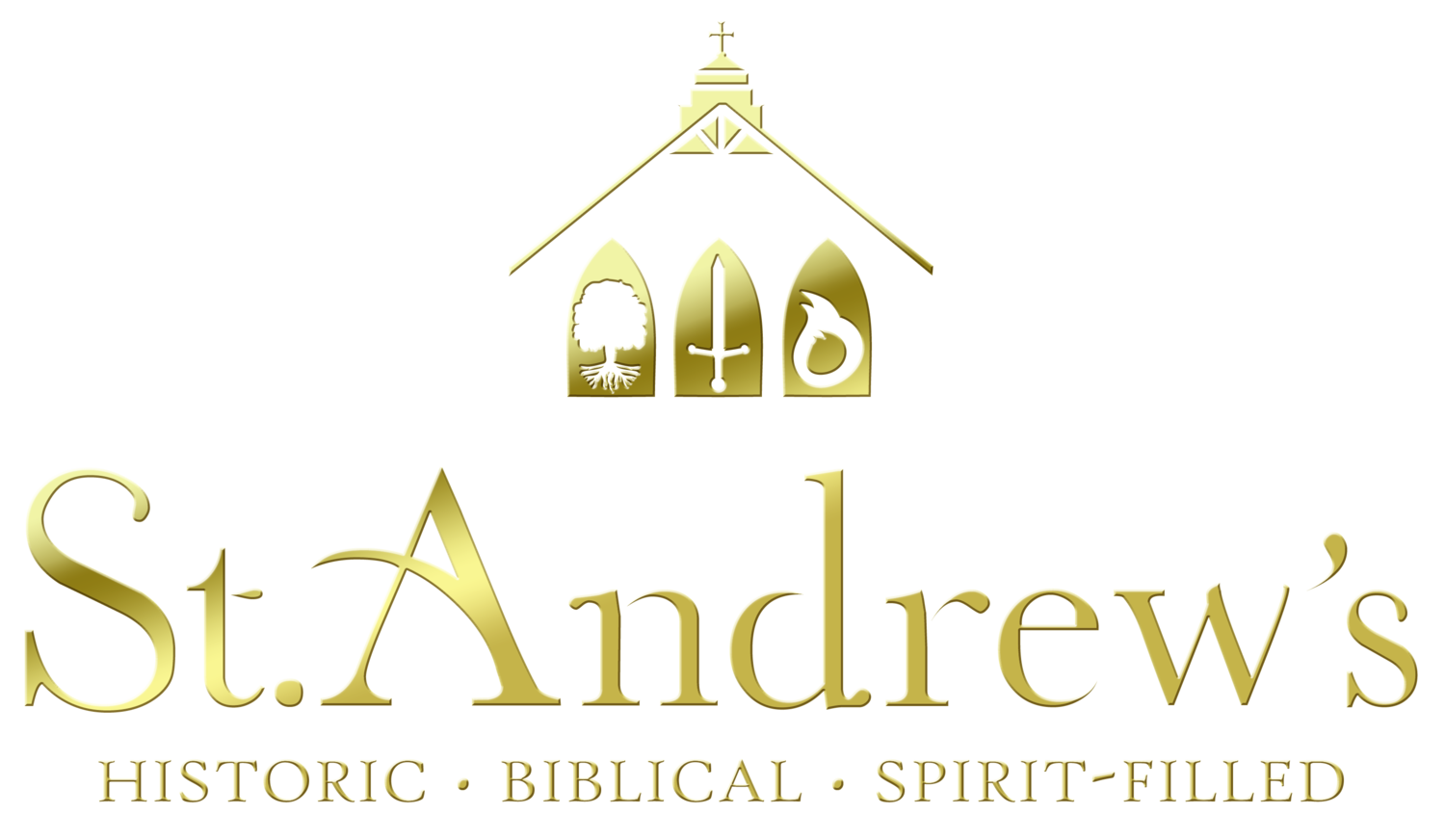The Christian Church
Unified belief and practice began to emerge during the first few hundred years of the Church. The teaching of the Apostles became authoritative, and creeds were created that summarize foundational points of doctrine. The Church’s centralization was driven by the rule of bishops. The bishop of Rome (the Pope) gradually began to assume more influence and power than others, and the early model of the Roman Catholic Church began to emerge.
Schism
In 1054 A.D. a major rift occurred called the Great Schism. Churches in the eastern part of the former Roman Empire had an increasingly different culture than those in the west, which led to a schism epitomized by such issues as the authority of the Pope, an addition to the Nicene Creed called the “filioque,” and the proper dating of Easter. The church in the west would become the Roman Catholic Church and the church in the east would become the Eastern Orthodox Church.
Protestantism and Anglicanism
In 1517 A.D. the Protestant Reformation began in Germany with a posting of 95 complaints against the Roman Catholic Church by priest Martin Luther. Several churches soon separated from Catholicism due to objections concerning doctrine, rituals, and church government. The Church of England (Anglican Church) split in 1538 A.D. due to political issues: King Henry VIII of England sought an annulment of his marriage that the pope would not grant. This was as much a theological concern as a personal one as it was based on differing understandings of the authority of foreign bishops (in this case the Pope) over the faithful in other countries.
The English Church traces its origins back to the Second Century A.D. Henry appealed to this ancient Anglican heritage, emphasizing that the English Church was created apart from the oversight of Rome and only voluntarily submitted to Roman authority. Because the Anglican separation was largely political and not theological, the Anglican Church continued to worship in practice quite closely to Roman Catholicism.
Many Anglicans have believed that its unique origin allows Anglicanism to be a type of bridge between the two major strains of Western Christianity (Catholicism and Protestantism), embracing a “via media” (middle way) that accepts what is good and true in both traditions.




